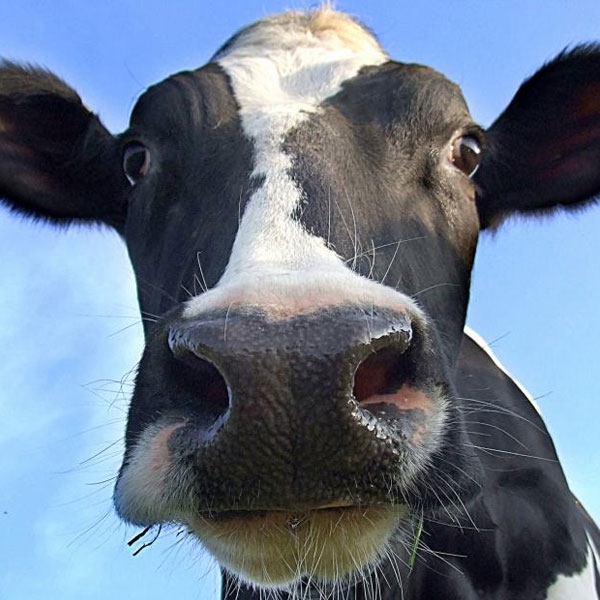HCMC – One of the major limitations to increasing milk production on Vietnamese dairy farms is the quantity as well as the quality of roughage. Using good quality forage and grass in the feed ration, a higher milk production per cow can be realized and a more sustainable and competitive dairy farming sector can be created.
Fresh Studio, together with Wageningen UR – Livestock Research and Nong Lam University (Ho Chi Minh City University of Agriculture and Forestry) co-organized a two-day workshop to identify the best forage/feeding systems on small and medium dairy farms in Vietnam. Emphasis was placed on options to improve the quantity and quality of the dairy cow’s rations that lead to increased milk production per cow.
The workshop was organized on January 17 and 18, 2013 in Ho Chi Minh City, Vietnam, and was part of the project “Sustainable Grass and Forage Production for Dairy Development in Vietnam” of Wageningen UR. The workshop consisted of presentations, working group sessions and a field excursion to two dairy farms to learn from practice. Over sixty participants from various organizations (government, processors, feed companies, research institutes, etc.) exchanged knowledge of improved forage strategies, set priorities, and evaluated the most promising systems. In addition, action plans to introduce and promote the most promising options were made.Also interesting to read:



